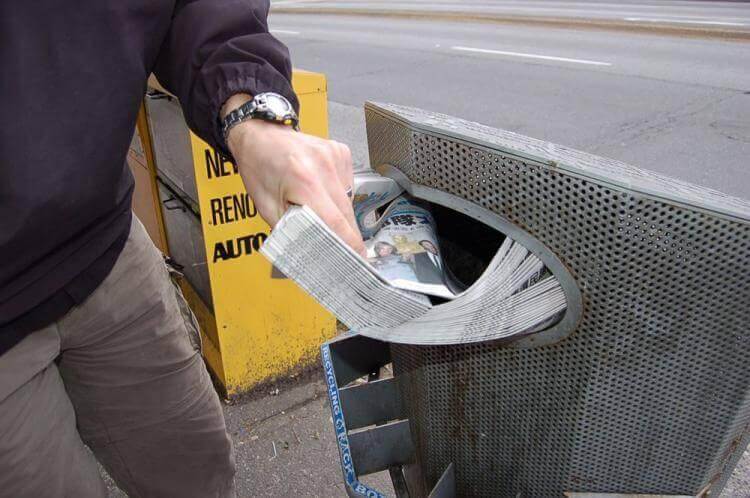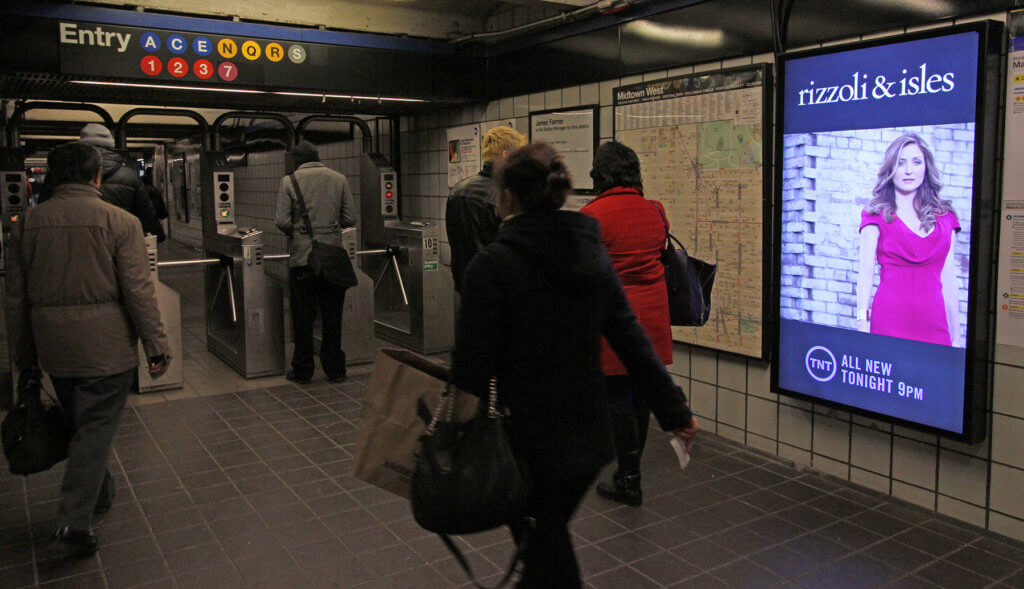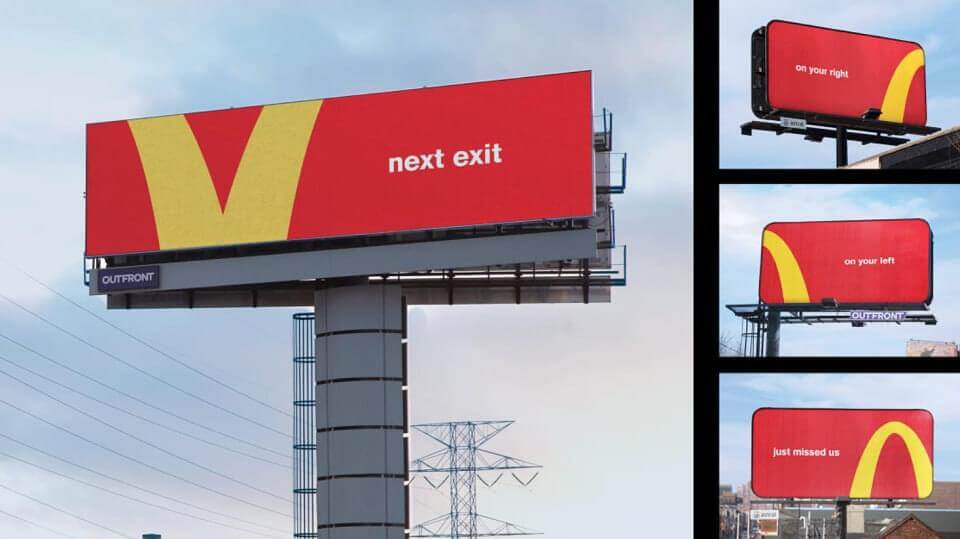
It may seem surprising that in our constantly evolving and fast-paced society, out-of-home (OOH) advertising – one of the oldest forms of marketing – continues to thrive. Nonetheless, outdoor advertising has evolved alongside shifting technologies and emerging markets. According to OOH Today, outdoor advertising has grown for more than 36 consecutive quarters, while ad spending on newspapers dove off a cliff from the late 2000s onward. There are a variety of reasons why OOH is thriving while other traditional mediums are not, including affordability, ability to stay relevant, and reliability.
Assurance through technology

More than anything, advertisers want assurance that their ads are reaching their target audience. With the advancements in technology, OOH not only allows its users to measure how they reach consumers, but also where and when. According to a recent Forbes article, more than 30% of people use ad blocking on their phones. The effectiveness of print, mobile, and social ads are on the decline because they are outdated and can be easily evaded by consumers. On the other hand, OOH advertising provides localized and contextualized content using location data in order to spot patterns to better understand where, when, and how consumers are engaging with advertising. This type of concentrated targeting is exactly what companies are looking for in this continuously changing market.
Affordability
Although the cost of OOH is highly dependent on format, impressions, and demographics,it can be extremely cost effective when considering the following. For every dollar spent on OOH, businesses see an average profit of $5.97, which is twice as much as every dollar spent on pay-per-click (PPC) ads. Moreover, digital OOH (DOOH) can increase purchase amounts by 29.5%. This means OOH leaves a lasting impression on its viewers while also generating revenue.
Marketing ain’t what it used to be
According to Steve Olenski, a marketing writer for Forbes, marketers used to use broad segmentation and backward-facing data to execute content and media through prominent outlets like newspapers, magazines, and radio. However those types of traditional media are no longer effective in their reach nor are they instantaneous or engaging.

With the rapid advancements in technology, consumers expect more from the brands that they’re exposed to. In our current marketing climate, ads are instant and constant because they’re everywhere – from the phones in our hands to the billboards on the streets – they’re unavoidable. More specifically, DOOH has become one of the fastest and easiest ways for consumers to retain and engage with advertisements. According to the PwC, DOOH will grow by an estimated 1.3 billion dollars between 2019 and 2023. One of the major reasons for this estimated growth is because it’s engaging, and oftentimes, interactive. It’s also enticing to younger generations who are growing up in a digitally-dominant world. And although it’s considered a traditional form of media, OOH is anything but traditional as it continues to appeal to the masses and engage consumers through technology.
There will always be an audience

Trends in television, newspaper, and magazines are on the decline because they can be ignored by their target audiences. By skipping a commercial on the TV or changing the radio station during an ad, marketing campaigns are ignored and rendered ineffective. On the other hand, OOH ads that can be found in places such as trucksides, billboards, and subways, are thriving because we can’t escape them. As long as people continue to commute – or simply continue going outside their homes – there will always be a platform for OOH advertising.
It’s trendy

To stay relevant, company’s look toward their competitors to decipher what works for them and what doesn’t. 2019’s top 5 most valuable brands – including companies such as Apple, Google, Facebook, and McDonald’s – invest more in OOH than OOH’s 4% share of the ad market. As the world’s most valuable brands increase their investment in OOH to stay competitive, everyone else begins to follow suit. More simply put, OOH advertising is not only cost effective, but it’s trendy and if you want to stay competitive, you have to be on top of the trends.
To conclude
Where many traditional forms of advertisement can’t seem to endure the tests of time, OOH prospers. OOH advertising provides its viewers with assurance through technology and data analysis that demonstrates its ability to reach a wide audience and be cost effective. Furthermore, OOH reaches consumers no matter what their media habits are because they are unavoidable. Not to mention, some of the most lucrative brands out there are heavily investing in OOH advertising because they know it’s what they need to stay relevant. These advantages make it clear why OOH is flourishing. The simple answer is – OOH is adaptive. And it will continue to thrive because of that simple fact.


